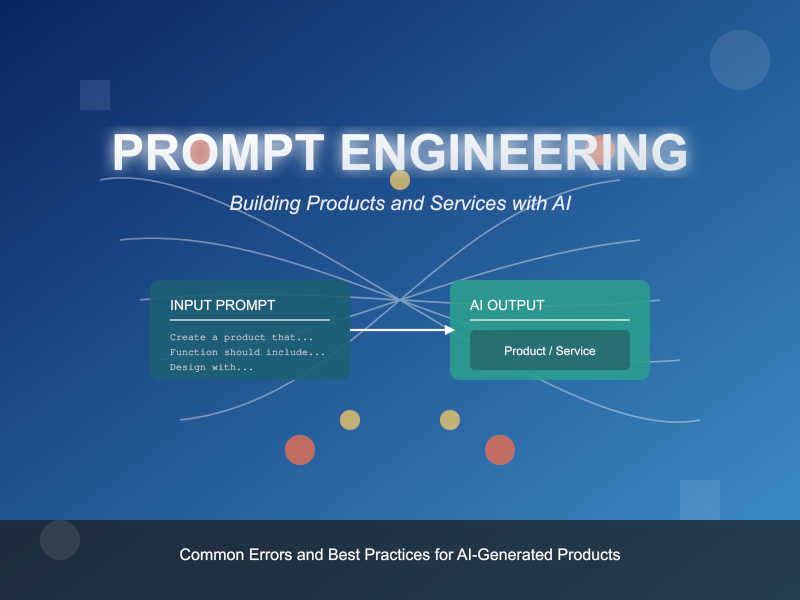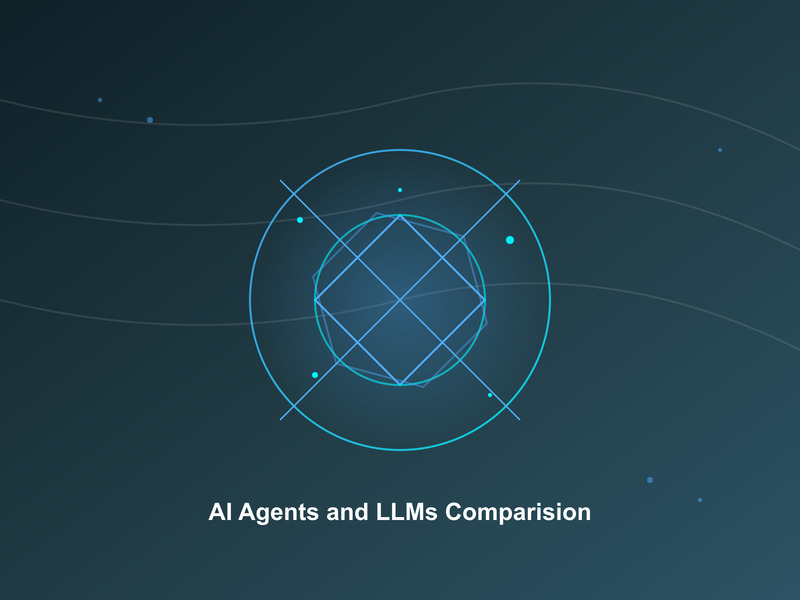
Published on: March 17, 2025
A new breed of technologist has emerged in the AI revolution: the prompt engineer. These specialists don't write traditional code. Instead, they craft carefully designed text instructions that guide AI systems to generate entire products and services - from business applications to creative content and automated workflows.
What began as simple experimentation has quickly evolved into a critical business function. As companies race to leverage powerful AI models, the ability to effectively "program" these systems through natural language has become a valuable skill. Today's prompt engineers serve as bridges between human intentions and AI capabilities, creating sophisticated solutions without traditional software development.
Content reserved for authenticated users. Please SignIN
50% Off on All Products
Active Until October 31 – No Stock Limits
Use the coupon code BOOST_2025 during checkout.
Speed Up your digital journey with our affordable subscription
50% Off
on All Products
See related articles
Recommended Topics
50% Off on All Products
Active Until October 31 – No Stock Limits
Use the coupon code BOOST_2025 during checkout.
Speed Up your digital journey with our affordable subscription
